In this post, I share teaching ideas and my favorite Stellaluna activities that have helped turn my readers into comprehenders!

Stellaluna is a teacher’s dream for deepening comprehension in our students. This delightful book lends itself so well to building vocabulary, analyzing characters, and determining their points of view. Opportunities for writing and teaching fact/opinion, cause/effect, the 2 sounds of C and so many other skills abound. These lesson ideas and Stellaluna activities will help you turn your readers into comprehenders and get your students writing about what they are reading.
Stellaluna reading activities
Here in Arizona we don’t have a typical fall season and I always look forward to October when I can create the feeling of fall in my classroom. Along with strands of colorful fall leaves, October means pumpkins, nocturnal animals, and Stellaluna.
Building Vocabulary
When creating and planning reading activities, I’m strategic in the vocabulary I choose for students to learn. This book uses some very visual words. Words that are easy to act out and that give a strong mental image once students understand their meaning. Words like swoop, clumsy, clambered, and croon.

Croon is one of my favorites. I make sure to point out that “back in the day” a singer with a beautiful voice was called a crooner (Think Frank Sinatra.) I play the song Fly Me To The Moon to give them an example amidst lots of giggles from my girls and eye rolling from my boys! It makes my teacher heart so happy when I see and hear students using their new vocabulary. This week one of my boys reported that he needed to work on the floor because so and so’s crooning was disturbing his learning. Ha!
Determining How Stellaluna Changes
Analyzing Stellaluna as a character and describing how she responds, changes, and adapts to the life-changing events and challenges she faces is key in this book. This chart is a great way to address RL.3 and gives a visual of the character’s journey and how she changes a a result of the challenges she faces. My class calls this a “flubble map” since it is a bubble map to describe inside of a flow map to show sequence. We brainstorm adjectives to describe Stellaluna during each part of the story and give evidence to support our descriptions.

Comparing Points of View
Each of the characters in Stellaluna has a very distinct point of view. They feel very differently (and strongly) about several topics. One of the reasons this book is so ideal for addressing RL.6 and RL.7 standards is the fact that the characters do have very strong and differing opinions on the same topics such as eating bugs, how one should sleep, and flying at night.
I begin this lesson by teaching students what a point of view is and explaining that author’s often tell a story from a character’s point of view.
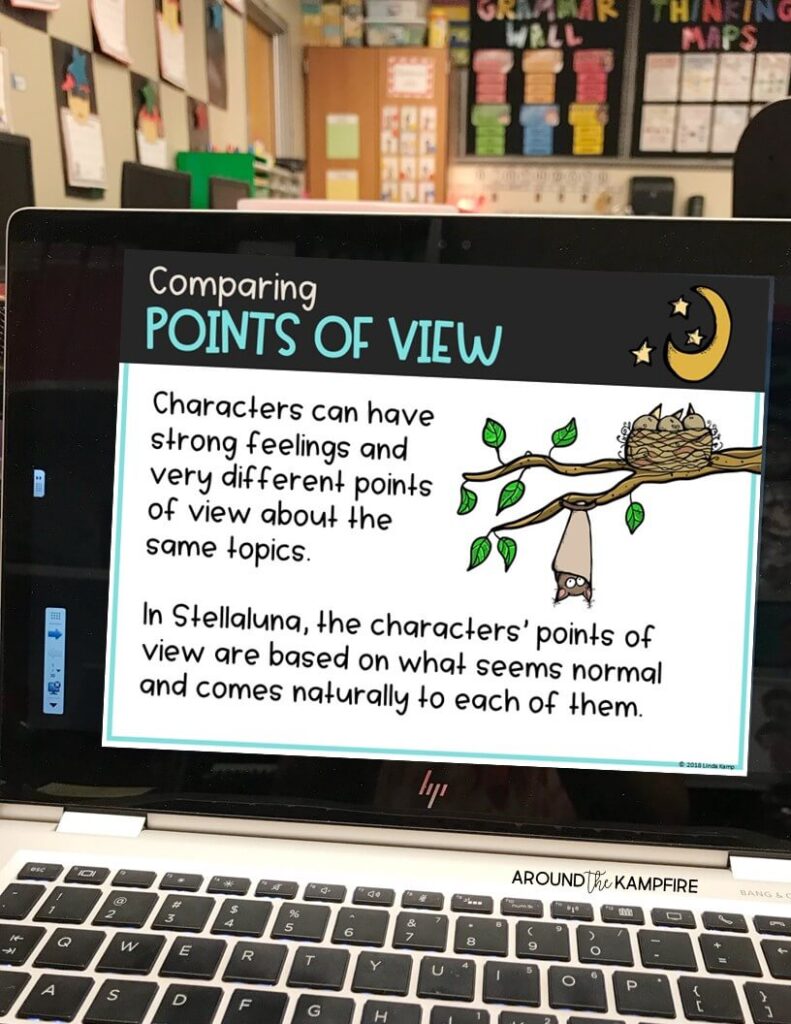
Students use the dialogue between characters to determine each characters’ point of view. They then compare them using this chart.
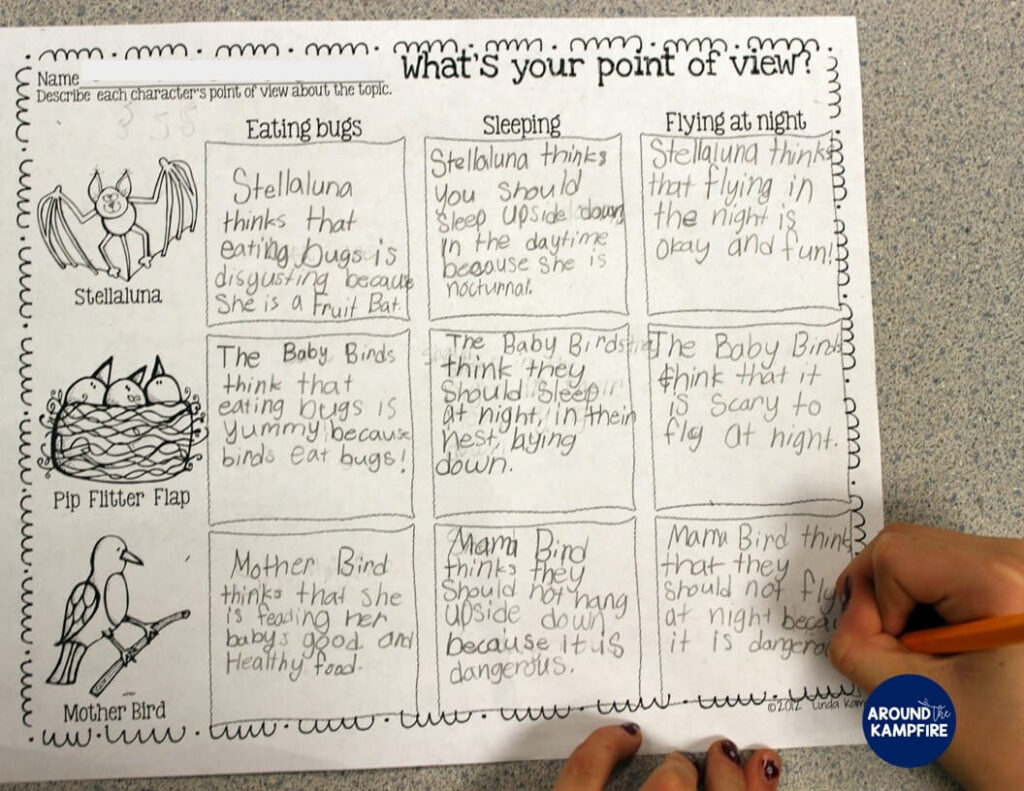
Students share their thoughts to add to our class chart.
I’ve done this lesson a couple of different ways. Some years I’ve projected the student page and had students add their thoughts on the board. Other times they work in pairs and complete the student page before sharing onto the chart.
Building Reading Fluency with Stellaluna
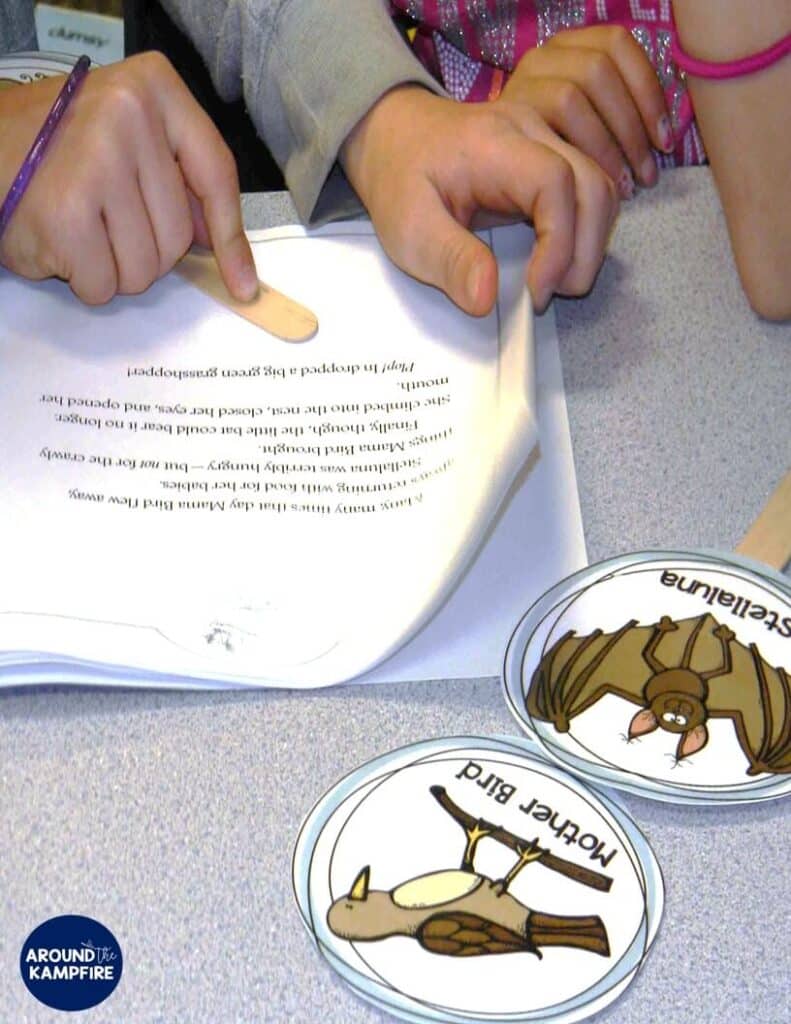
Students choose a character then take turns reading smoothly, and with expression, in the character’s voice.
With this digital version, students read a passage then use story vocabulary in context to complete the sentences.
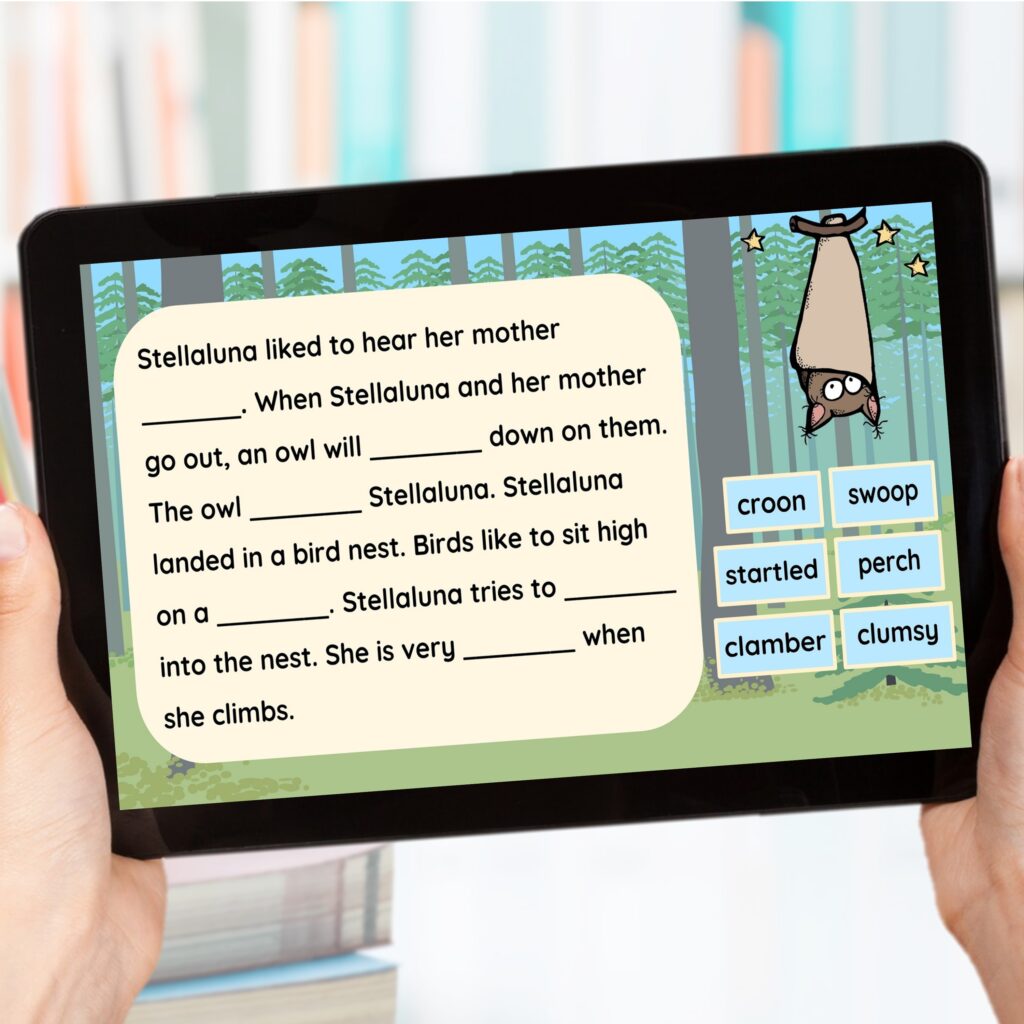
Stellaluna activities to practice skills
Opportunities for skills practice abound with Stellaluna. I have students work on vocabulary, grammar, writing, and spelling patterns as we use this book in our literacy centers.
Students work more with vocabulary by matching words to definitions then using the vocabulary in context through written responses.
I recently added a second Teaching PowerPoint with 5 skill mini-lessons for sequencing, story vocabulary, nouns and pronouns, a reading passage, two sounds of C, and facts & opinions. Each lesson has a digital practice activity.
Students can match words to definitions and complete sentences in a reading passage using the vocabulary.
I review the skills whole group first, then students can practice during center time on tablets.

Students can also watch a video on Storyline Online on YouTube and listen to Stellaluna read aloud before answering comprehension questions.
Partners or groups of 3 use critical thinking task cards to discuss story elements, characters, problem & solutions, the plot and the illustrations. I’m able to address multiple standards this way and my class loves anything with a spinner!
I like to save teaching words with the two sounds of C for when we get to Stellaluna because the book is packed with them. In the word work center, students read, write, and sort words with these target sounds.
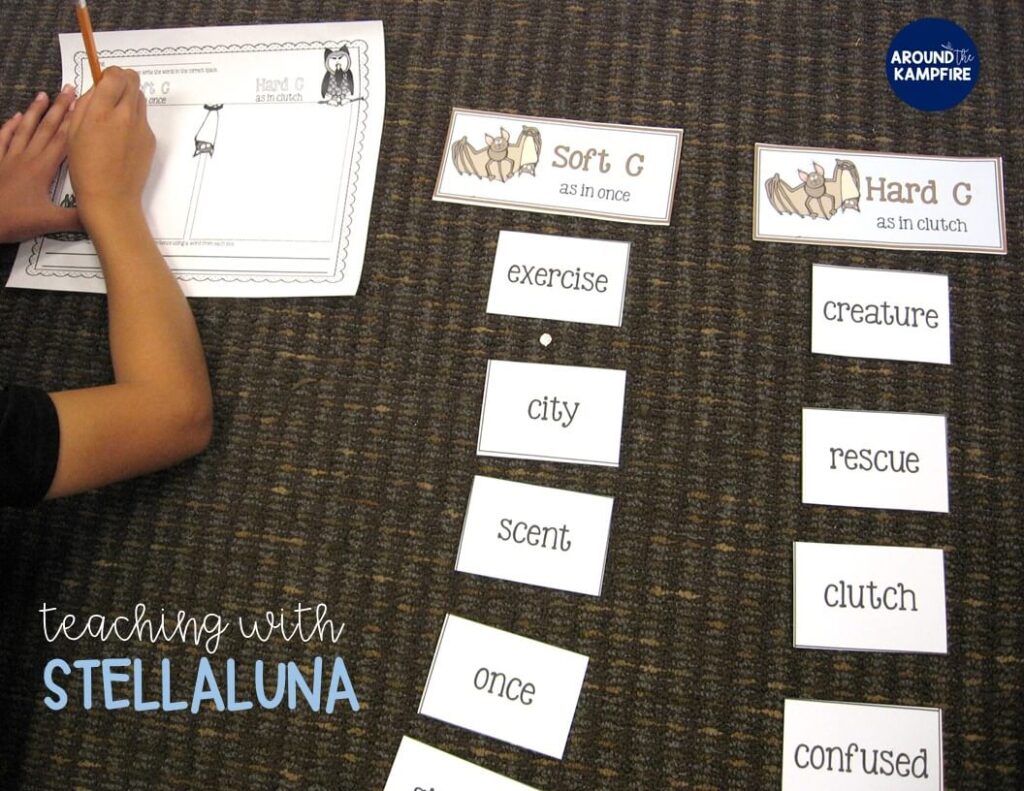
Stellaluna activities for teaching summarizing
One of the ways that students respond to the story is by writing a summary.

Using the Somebody, Wanted, But, So, Then strategy students summarize the story by writing a shortened version with only the main points and key details.
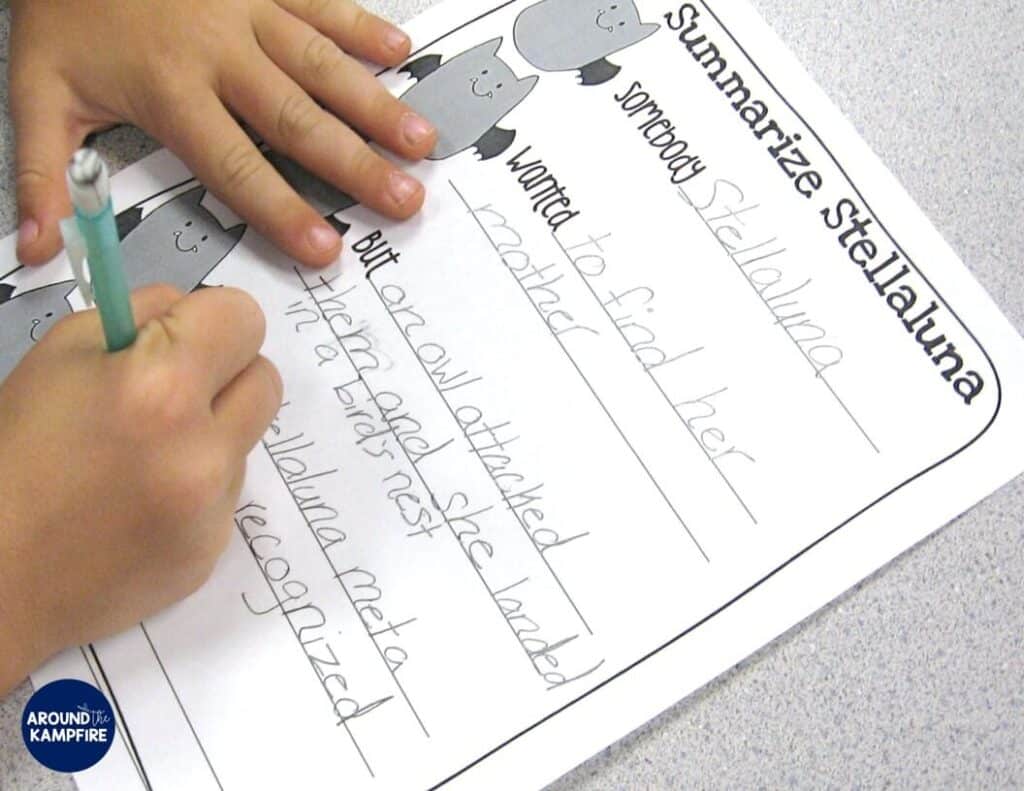
As we work through our book study students respond to each of the comprehension lessons in mini books and templates they add to a culminating Stellaluna booklet.
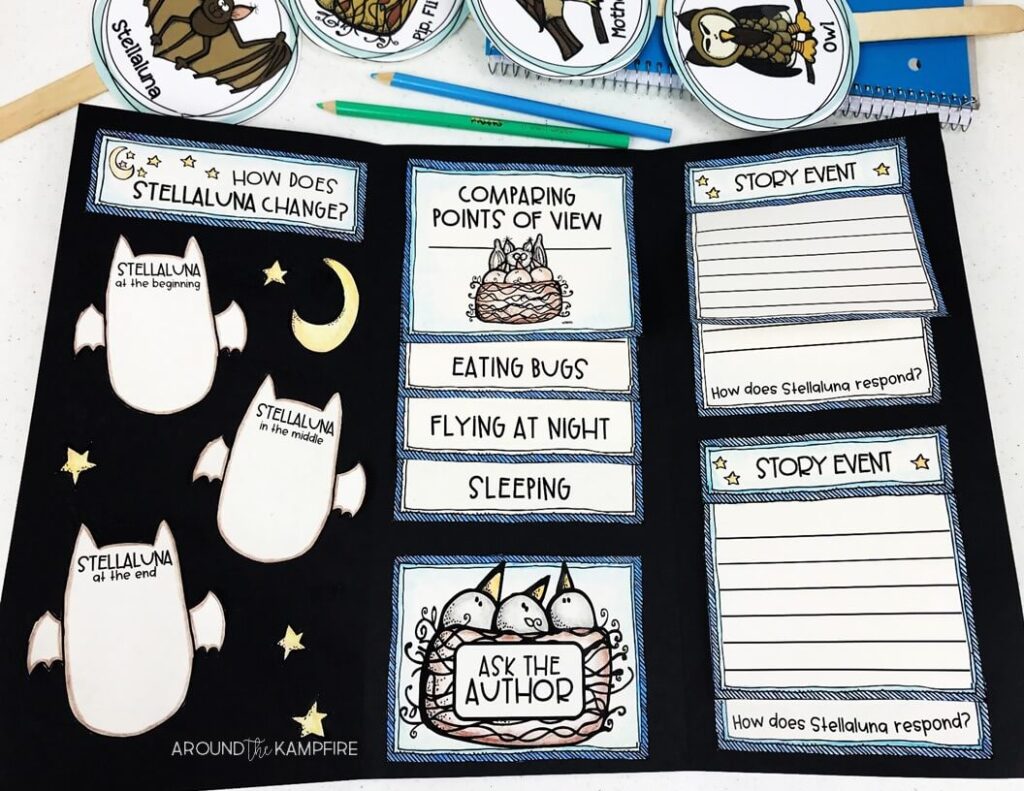
The booklets are easy to differentiate and customize with several versions of the templates that allow you to modify the amount of writing and target the specific grade level standard for first, second, and third grade.
These include writing about how the character responds to major events, changes as a result, and writing to compare the character’s points of view. Teaching students to form ask, and answer questions is another good lesson to add to your Stellaluna activities.
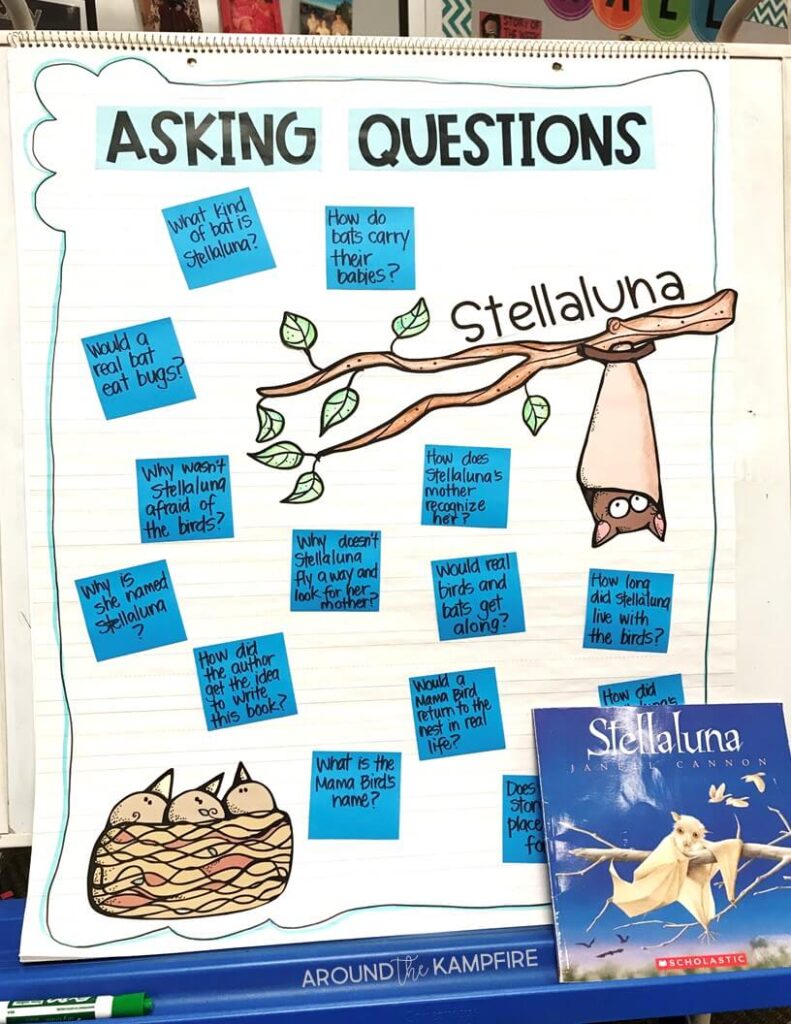
Students also ask questions of the author and include their summaries.
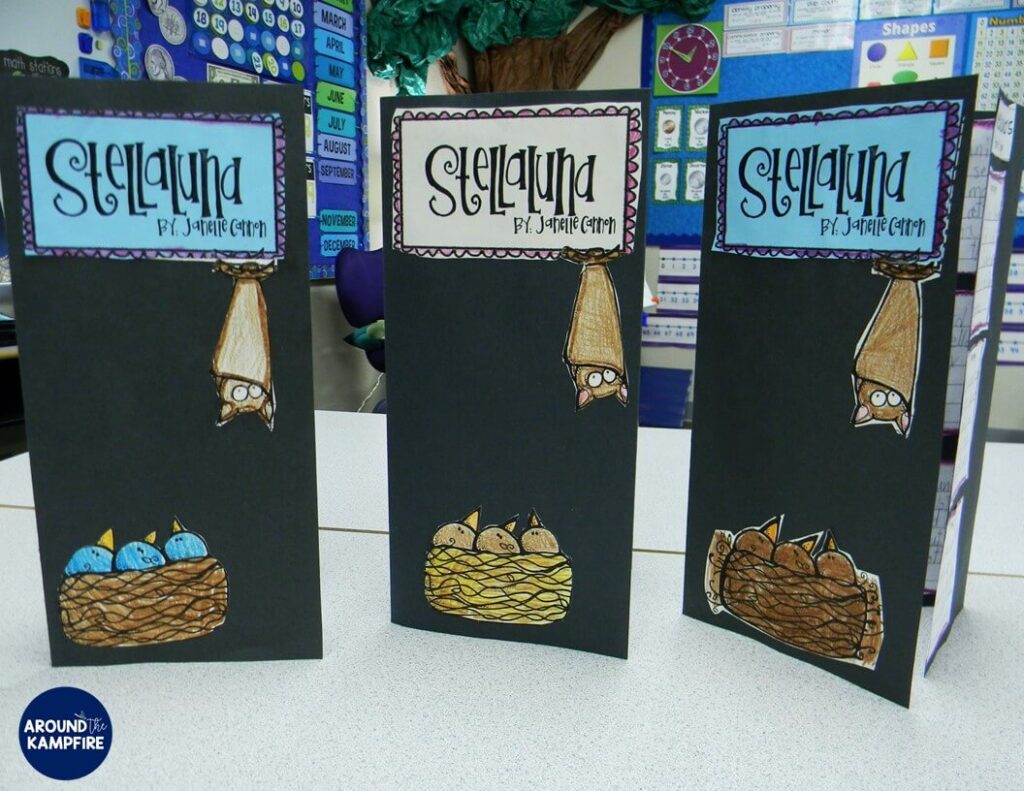
Our final booklets, with all of our Stellaluna activities inside, made the perfect Fall bulletin board.

We scattered some fall vocabulary acorns in between our booklets. Students worked with synonyms and ordered them by intensity or shades of meaning on paint sample acorns.
I hope you’ve found some Stellaluna activities you can use to help turn your readers into comprehenders!
Click here to find the complete Stellaluna unit with teaching Power Point and both printable and digital activities on Google Slides.
If you enjoyed this post, be sure to share it with your teacher friends. Pin it for later so you have it when you plan!
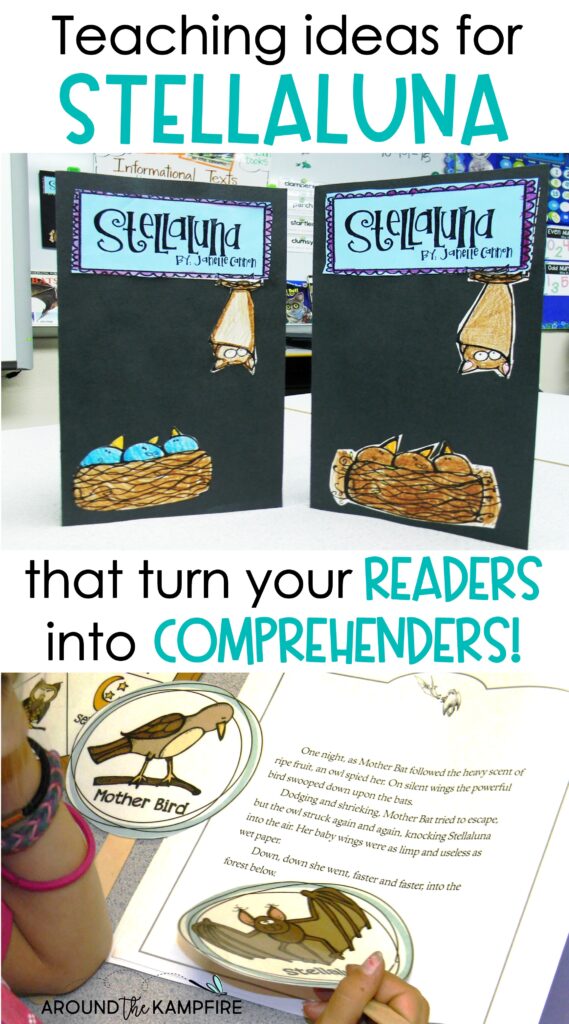




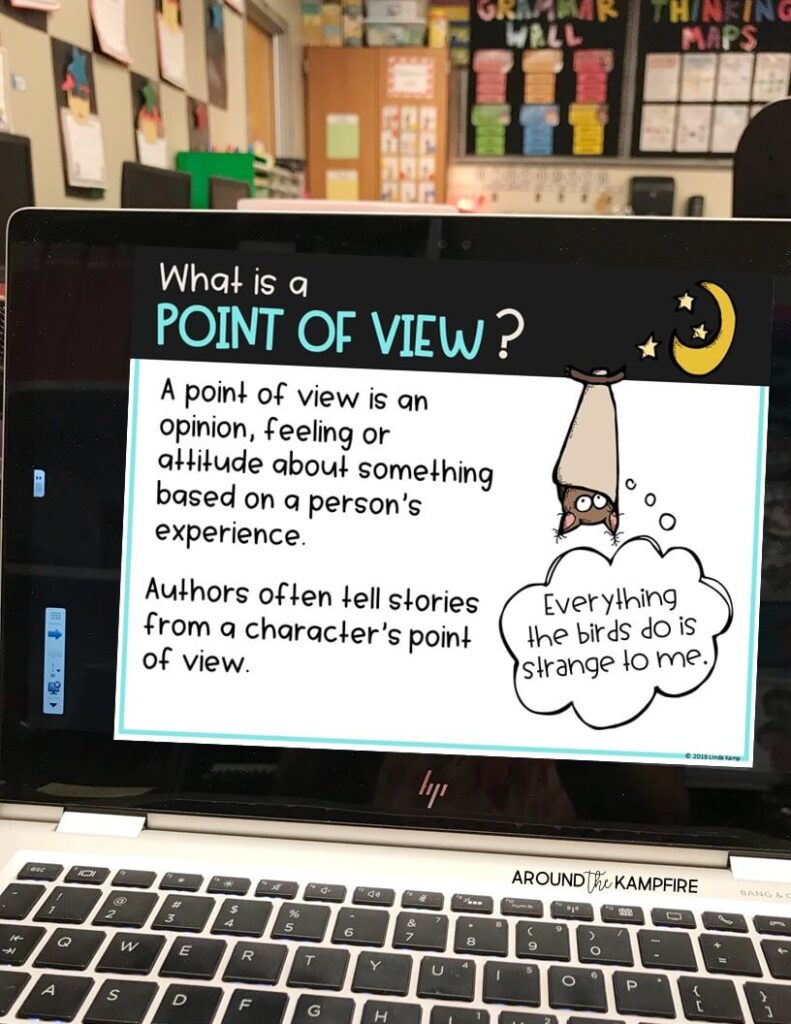




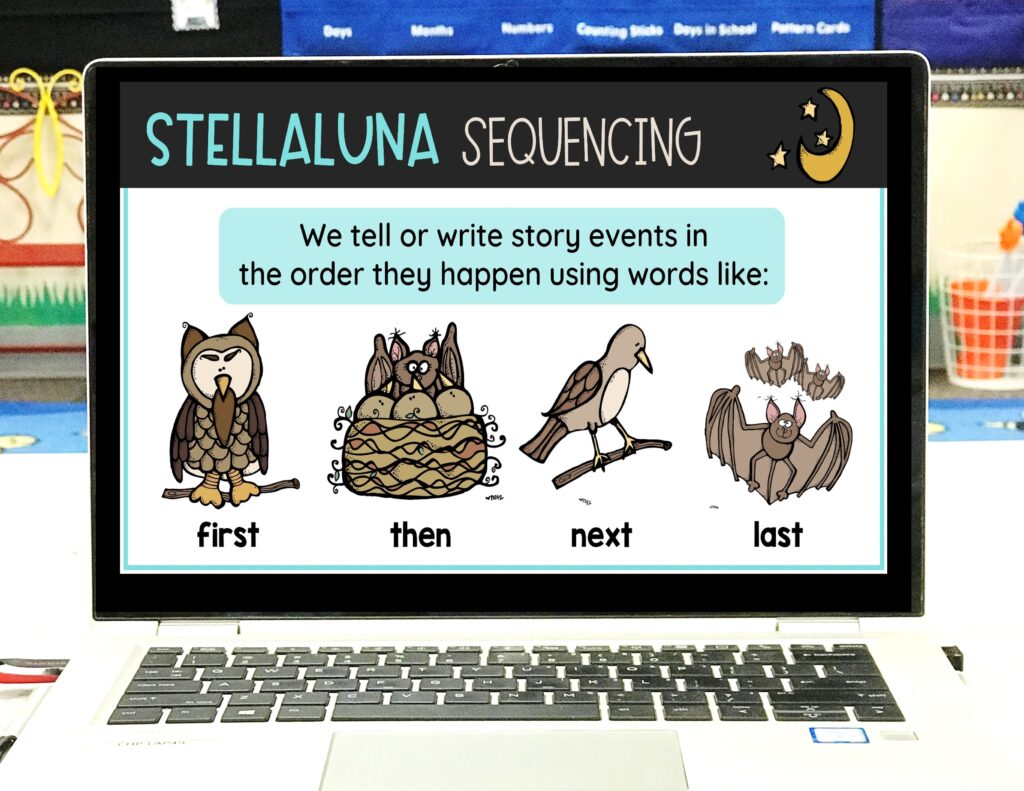

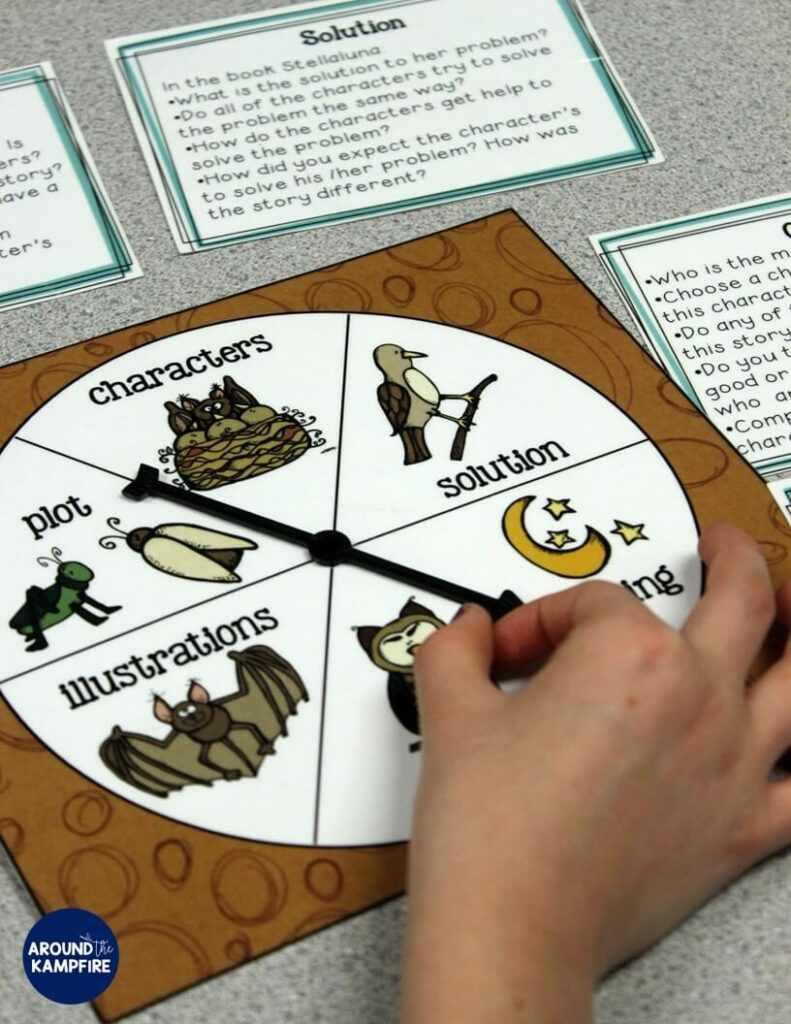
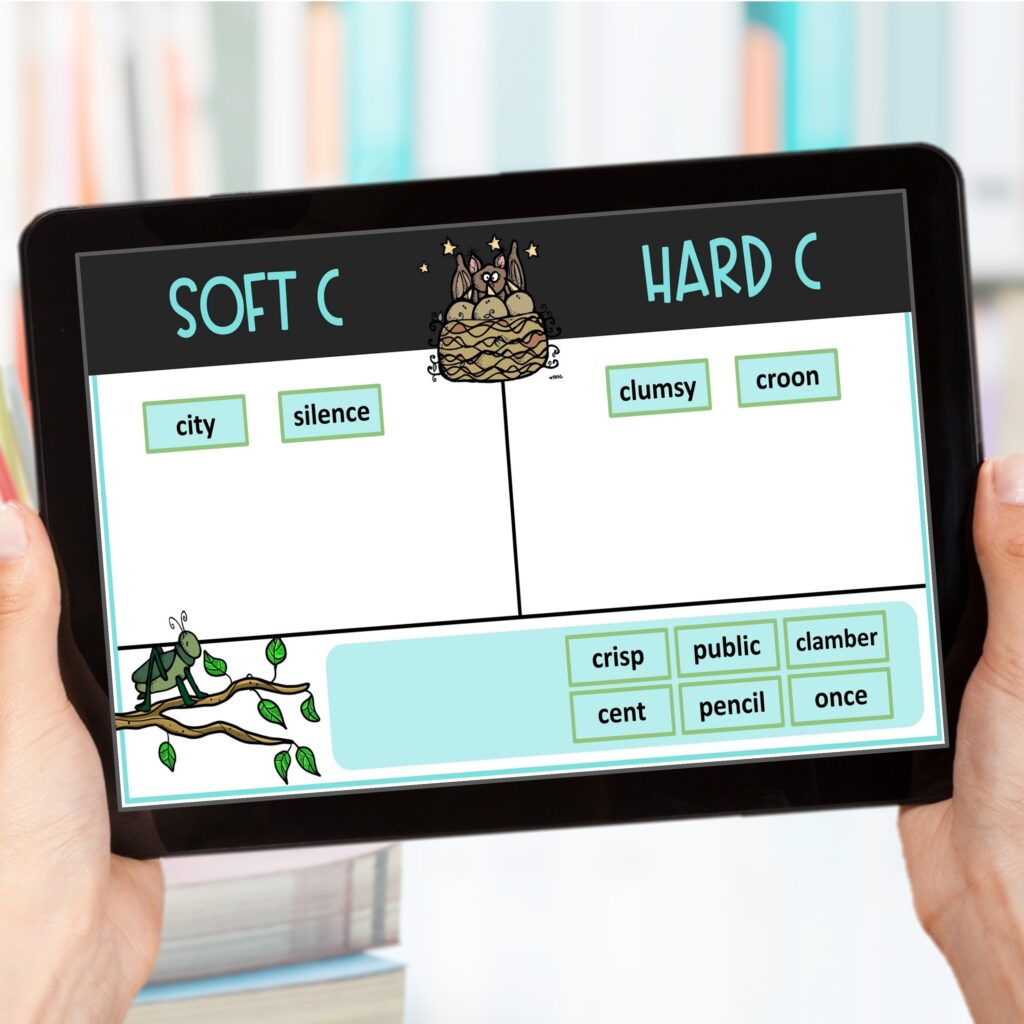
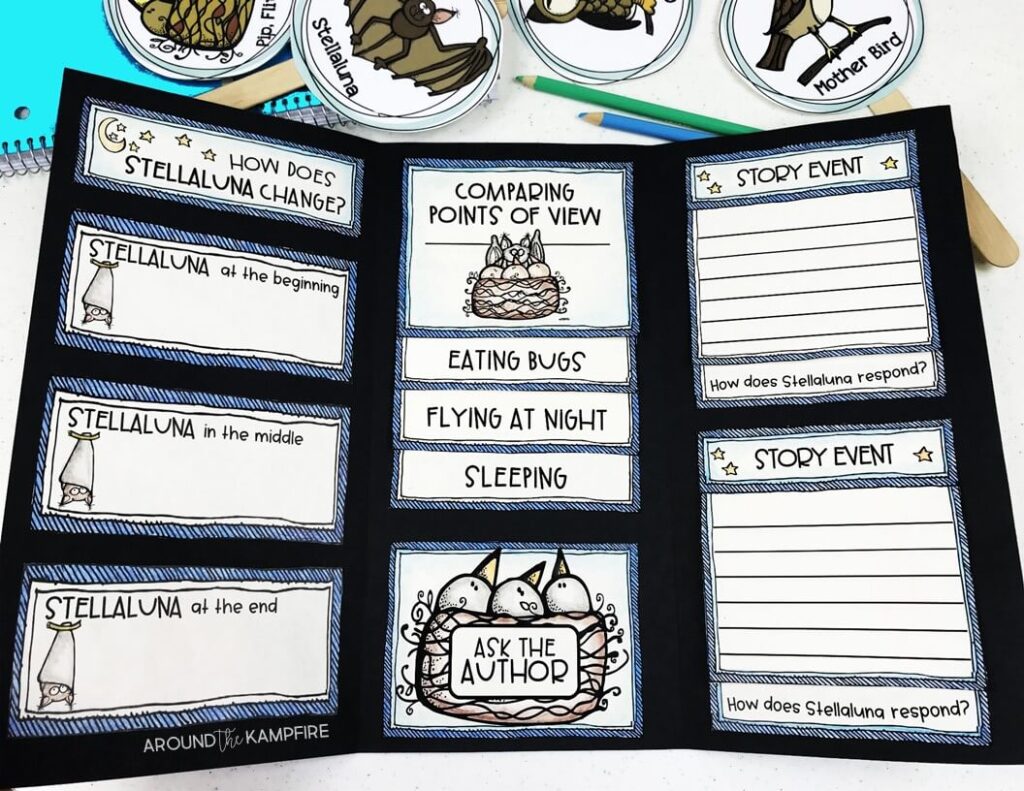


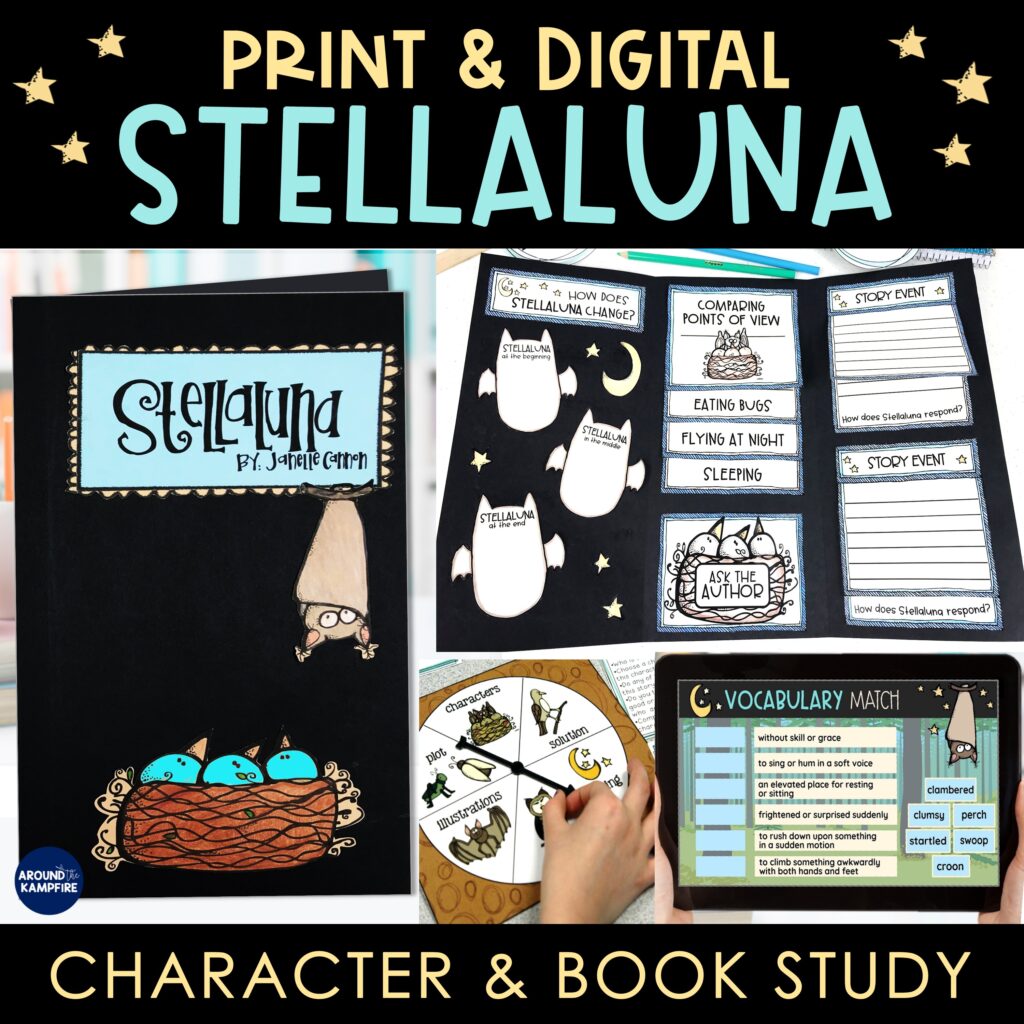
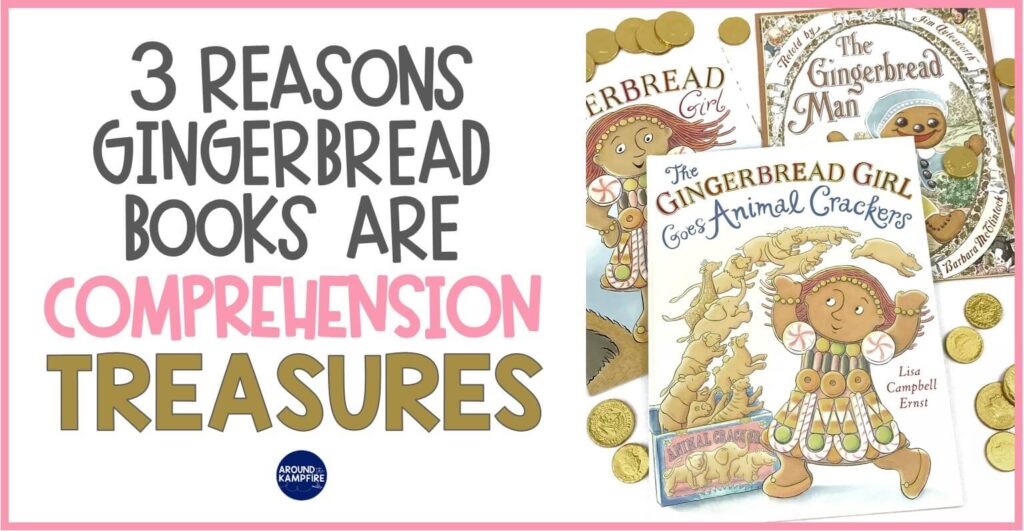

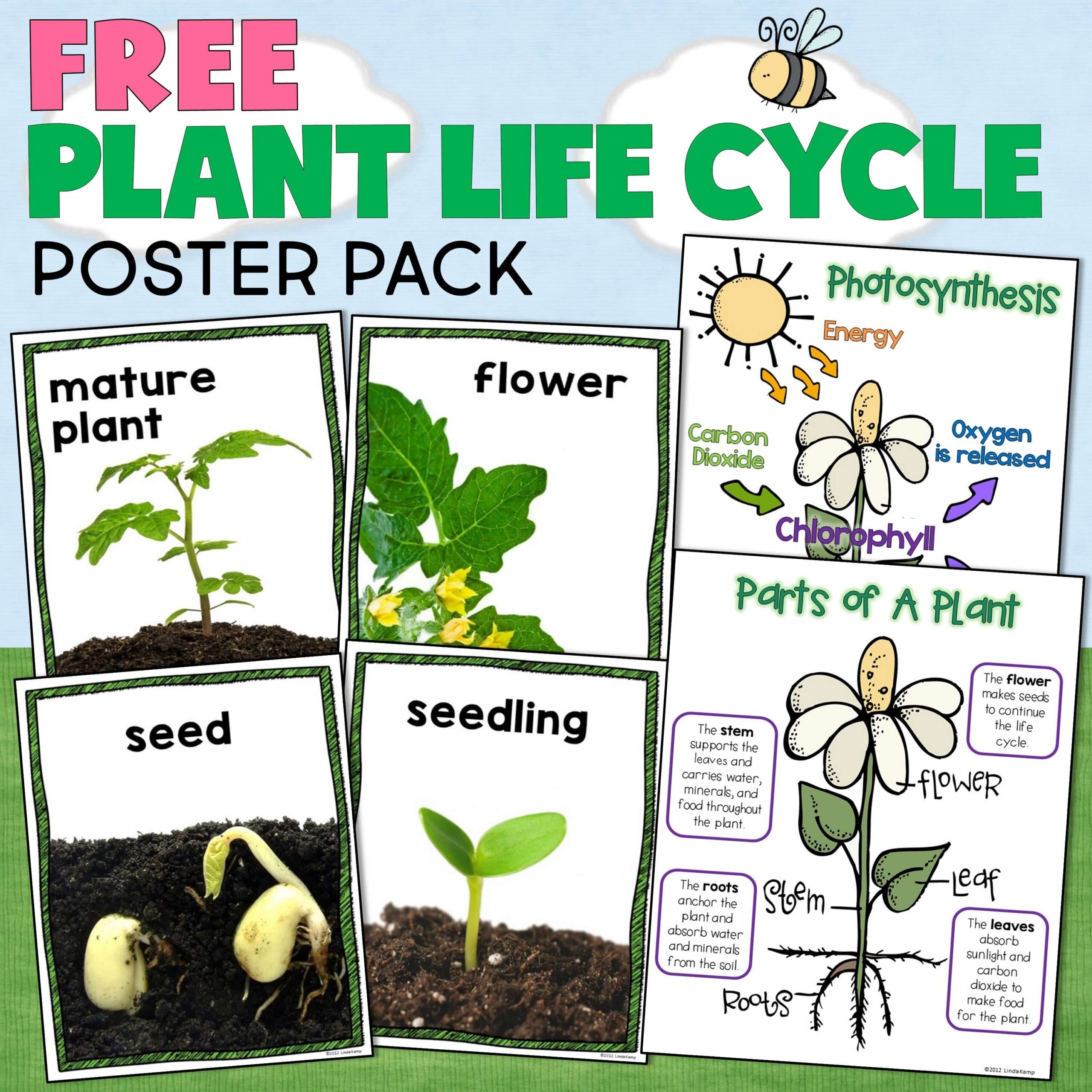




What grade level is this for? How would you adapt it for 3rd grade? Or could it be used to introduce one of the skills like Comparing POV?
Hi Linda,
What a great unit of study! I absolutely love it and Stellaluna is the perfect book!
Thanks for sharing,
Paola
How did you make the nuts on your stella bulletin board?
Hi Christine!
If you head over to this post https://aroundthekampfire.com/2017/09/free-fall-vocabulary-activities.html you can read more about how we made the acorns. I’ve included a free download in that post with templates to make the acorns plus a shades of meaning activity page.
Thanks so much for stopping by!
I always look forward to reading your posts! Your kids are so engaged! This unit is absolutely incredible 🙂 Pinning away!